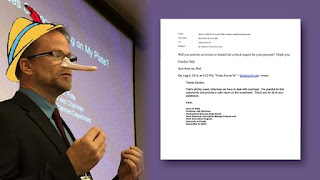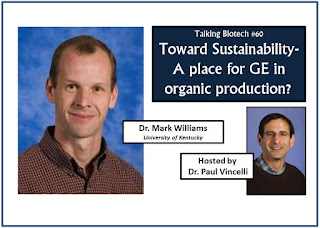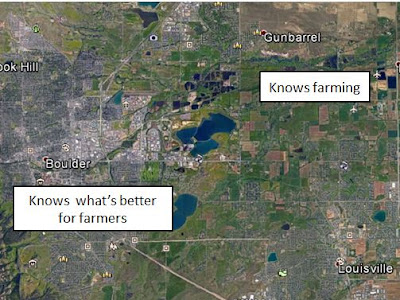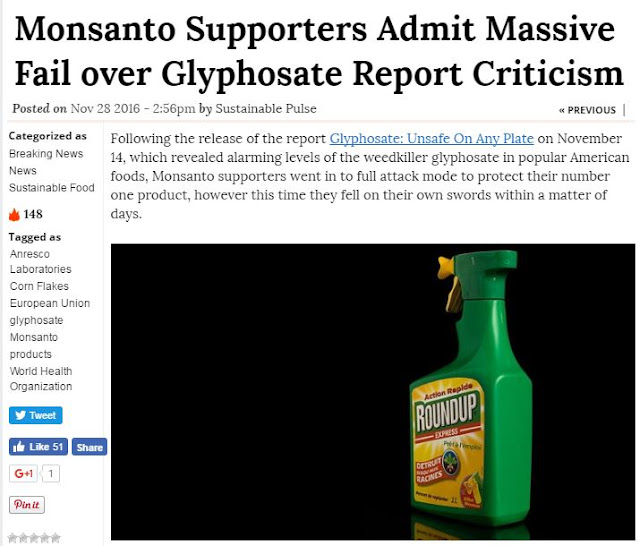I'll Turn 50, Where's My Free Stuff?

On January 11, 2017 I will turn 50. To many this chronological milestone represents a harsh reminder of beer-soaked sand clumping through life's hourglass, a grim reminder of aging and the unpleasantries of human senescence. I look at it as a way to start cashing in my chips for free stuff and early bird discounts. Frankly, I think it is all crap. It doesn't phase me a bit, but I'll take the bonus goods for eclipsing an arbitrary chronological metric. I spent my first 35 years in school and postdoc time, scrounging for change, and taking any job that would give me five bucks or a sandwich. I could never figure out why the elderly got the discounts. Not only did they have all of the money, they also had social security. Senior discounts seemed wasted on the old. I was the one that really needed the free bagel. I was taken back to January 10th, 1988, the day before my 21st birthday, and how the next day I'd be magically responsible enough to buy the a











